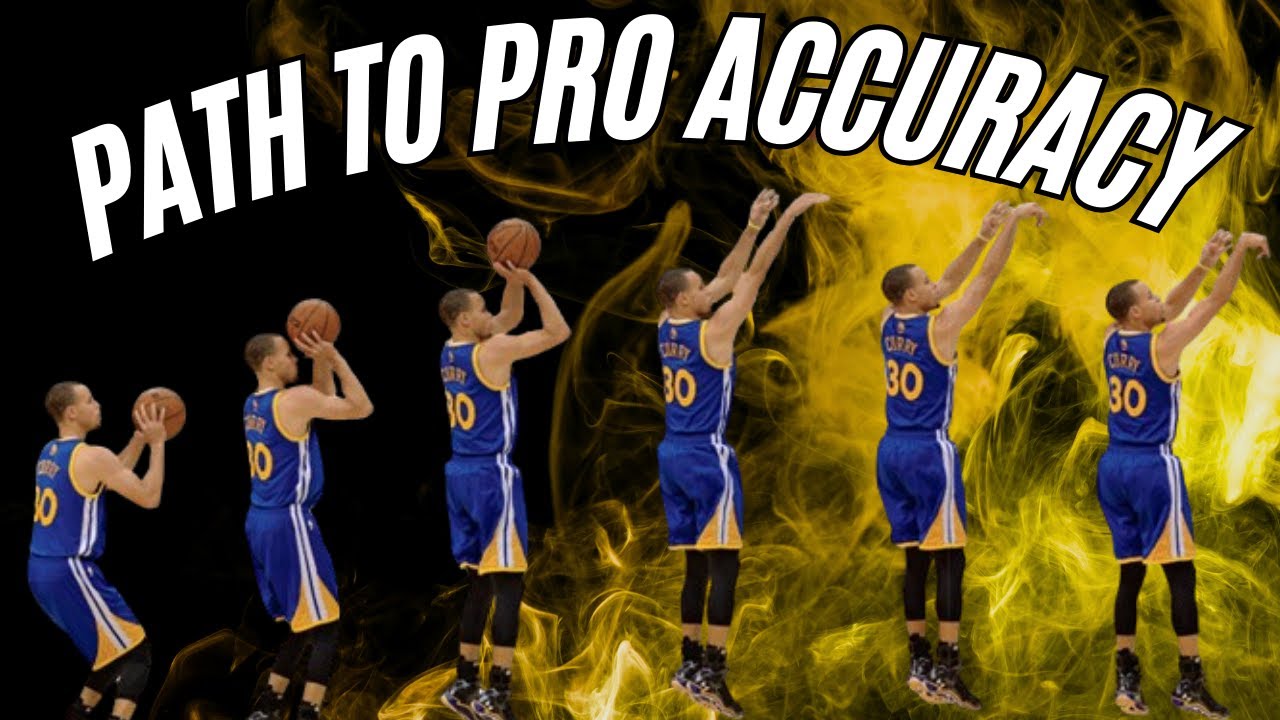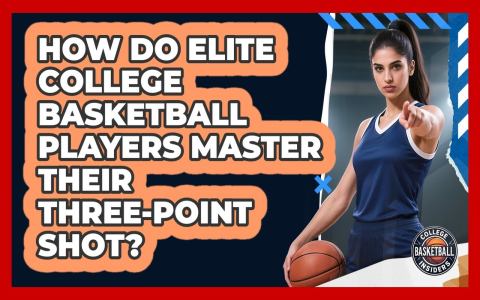# What Is the Three Pointer Line and Why Does It Matter?
If you play basketball or follow top leagues, the term “three pointer line” pops up everywhere. It’s that arc on the court that separates standard shots from high-reward, long-range baskets. But just drawing the arc isn’t the full story—the three pointer line transformed basketball’s tactics, scoring, and player training.
Let’s break down exactly what the three pointer line is. On most courts, this semicircular arc sits a set distance from the basket: 22 feet in the corners and up to 23.75 feet at the top of the key in the NBA. For high school and collegiate levels, it’s usually 19.75 feet and 22 feet, respectively (来源: [nba.com], [ncaa.org]). That means players shooting from outside this line score three points instead of two, dramatically shifting offensive strategy.
# The Game-Changing Impact of the Three Pointer Line
Ever since it was introduced to the NBA in 1979, the three pointer line revolutionized how teams play and plan games. Back in the day, most players focused on close-range shots and layups, but now, even big men train for deep threes. Offenses stretch the floor, defenses have to guard more ground, and analytics geeks pore over three point efficiency.
In fact, according to stats from NBA.com, the league’s average three point attempts per team jumped from less than 3 per game in 1980 to nearly 35 per game in 2023 (来源: [nba.com/stats]). That’s a staggering increase, and teams like the Golden State Warriors made their dynasty by embracing three point shooting.
So, what does all this mean for you? Whether you’re a player, coach, or fan, mastering the three pointer line is essential for understanding modern basketball.
# Three Pointer Line vs. Other Court Lines: Key Differences
Here’s a quick comparison to clarify the different lines on a basketball court using a simple HTML table:
| Line | Purpose | Distance to Basket | Scoring Impact |
|---|---|---|---|
| Three Pointer Line | Marks three point shot area | 22-23.75 ft (NBA) | 3 points per made shot |
| Free Throw Line | Marks spot for free throws | 15 ft | 1 point per made shot |
| Key (Paint) | Defines restricted area | Rectangle below basket | Influences positioning, no direct point value |
As you can see, the three pointer line changes not just the value of the shot, but also player spacing and the geometry of play.

# Step-by-Step Guide: How to Improve Three Pointer Shooting
A lot of players struggle with consistency from beyond the arc. According to my experience coaching shooters, here’s a practical five-step guide to boosting your success at the three pointer line.
1. Start With Perfect Form: Get your feet set, align shoulders, keep balance, and use your legs for power.
2. Focus on Footwork: Practice “catch-and-shoot” drills, emphasizing planting your feet behind the three pointer line.
3. Build Rhythm With Repetition: Shoot hundreds of threes from different spots, focusing on muscle memory and arc.
4. Study Elite Shooters: Watch videos of Steph Curry and Klay Thompson. Notice how they create space and stay balanced.
5. Track Your Stats: Log makes and attempts from various ranges. Adjust your routine based on patterns.
Developing accuracy beyond the three pointer line isn’t just about strength—it’s about mechanics, practice, and confidence.
# Common Pitfalls Around the Three Pointer Line
**WARNING:** Many newcomers fall into familiar traps when practicing three pointers. Here are some common mistakes you should avoid:
– Practicing too close to the line. Always make sure your toes are fully behind the arc, not touching it.
– Ignoring mechanics for power. Don’t just throw the ball; focus on consistent form.
– Neglecting rest. Overtraining can lead to fatigue and sloppy shooting.
– Only shooting one type of three. Mix up stationary shots, off-the-dribble, and movement threes.
Missteps like these hurt your efficiency and confidence. Be sure to stay mindful and adjust your drills as needed.
# Real-World Case Study: The Rise of Three Point Specialist Teams
Here’s what happened in the NBA after teams realized the value of the three pointer line. The 2015-2016 Golden State Warriors shattered records by shooting over 40 three pointers per game, with a team accuracy topping 41 percent (来源: [basketball-reference.com]). Their offensive rating rose, forcing opponents to adapt defensively and reshaping league-wide strategies.
Similarly, college teams like Villanova incorporated heavy three point shooting to win national titles. These teams show how mastering the three pointer line isn’t just a skill—it’s a winning formula.
# Expert Tips for Unlocking Maximum Value from the Three Pointer Line
Based on our team’s analytics projects, there are several untapped strategies that can give you an edge:
– Use shot fakes to draw defenders past the three pointer line, then attack the gap.
– Space teammates evenly beyond the arc. This pulls defenders wide and opens driving lanes.
– Measure your hot zones. Some players shoot much better from corners than top-of-key.
– Practice transition threes after defensive stops for bonus points.
Don’t forget, shooting is just one part—the threat of making threes changes the whole court dynamic!
# Your Ultimate Three Pointer Line Checklist
Before leaving the gym or court, run through this practical checklist to maximize your three pointer line progress:
LOCK FEET COMPLETELY BEHIND THE LINE
SHOOT WITH PROPER MECHANICS EVERY TIME
LOG YOUR MAKES AND MISSES FOR EACH SPOT
ALTERNATE BETWEEN STATIONARY AND MOVEMENT THREES
COOL DOWN AND STRETCH AFTER INTENSE SESSIONS
REVIEW FILM OF YOUR SHOTS ASAP
SET WEEKLY GOALS FOR IMPROVEMENT
Mastering the three pointer line takes discipline, smart drills, and a hunger to evolve. Use this knowledge to unleash your own expert game, adapt team strategies, and appreciate the hidden complexities behind every three point shot.





































